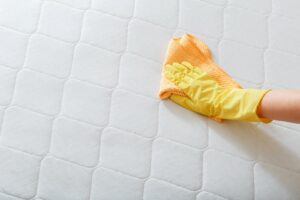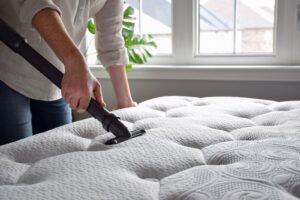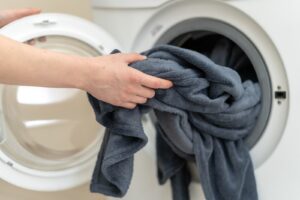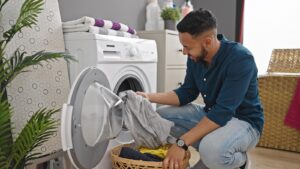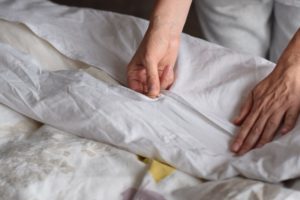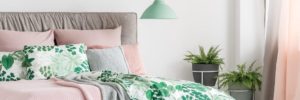Viscose vs. Rayon
- Rayon is a type of semi-synthetic fiber that uses natural plant pulp like wood or bamboo as its base ingredient. In the manufacturing process, it can be made to feel like a wide array of all-natural fibers. Viscose is one prevalent type of rayon, but sometimes the two words are used interchangeably.
Rayon is a common material used in bedding and clothing. It is a semi-synthetic material that uses natural components, mainly cellulose from wood pulp or bamboo. The cellulose is chemically altered to make a fiber that can feel like cotton, wool, or silk. Over time, manufacturers have created methods for making variations of rayon with different performance qualities.
Developed in the late 19th century, viscose is so common in the rayon family that the two words are often used as synonyms. Technically, though, viscose is a subtype of rayon.
Other types of rayon include modal and lyocell, which use different chemicals and processes and have their own unique properties. Some consumers like that rayon materials come from renewable resources and can feel like natural materials offered at a lower price. However, the extensive chemical processing that goes into making rayon may be undesirable for shoppers who prefer all-natural products.
What Is a Rayon?
Rayon is a family of semi-synthetic fibers used in fabrics. Semi-synthetic fibers are made by using natural materials, such as wood pulp or bamboo, and then processing them chemically into threads. They are not fully natural fibers, like cotton or silk, nor are they completely synthetic, like nylon. By using variations in manufacturing, rayon can be made to feel similar to natural fibers like silk, cotton, and linen, often for a fraction of the price.
Bamboo is a popular base material for rayon production. A wide array of bed sheets marketed as being made of bamboo are actually bamboo-derived rayon.
Types of Rayon
Manufacturers have developed different processes to make rayon, which can give these rayon types distinct looks and feels.
- Modal: Often made from beech wood, modal is manufactured to resist changing shape or wearing out when wet.
- Lyocell: Commonly derived from eucalyptus pulp, lyocell avoids the use of a toxic substance, carbon disulfide, that can harm both workers and the environment if not properly handled. It is often sold under the brand name Tencel.
- Viscose: This is the most common method of manufacturing rayon. Unlike modal, viscose can change shape if it gets wet, so dry-cleaning is often recommended.
Rayon
| Pros | Cons |
|---|---|
|
|
What Is Viscose?
Viscose often uses wood pulp as the source of its fibers. In its finished form, it can replicate the feel of many natural fibers, even the feel of silk sought by those who prefer soft bed sheets. Viscose is so common, it is sometimes used as a substitute term for all types of rayon.
Unlike lyocell, viscose is manufactured using a caustic chemical. Unlike modal, viscose can change shape or bunch up when wet, which limits its versatility and ease of cleaning.
Viscose
| Pros | Cons |
|---|---|
|
|
What Is the Difference Between Viscose and Rayon?
The Federal Trade Commission allows the word viscose to be used interchangeably with rayon. But from a technical standpoint, viscose is more specifically the most common manufacturing method for rayon.
Non-viscose processes for making rayon include modal, which can generally be machine-washed, and lyocell, which avoids the use of caustic chemicals in the manufacturing process.
| Viscose | Rayon | |
|---|---|---|
| Pros |
|
|
| Cons |
|
|

Still have questions? Ask our community!
Join our Sleep Care Community — a trusted hub of sleep health professionals, product specialists, and people just like you. Whether you need expert sleep advice for your insomnia or you’re searching for the perfect mattress, we’ve got you covered. Get personalized guidance from the experts who know sleep best.

